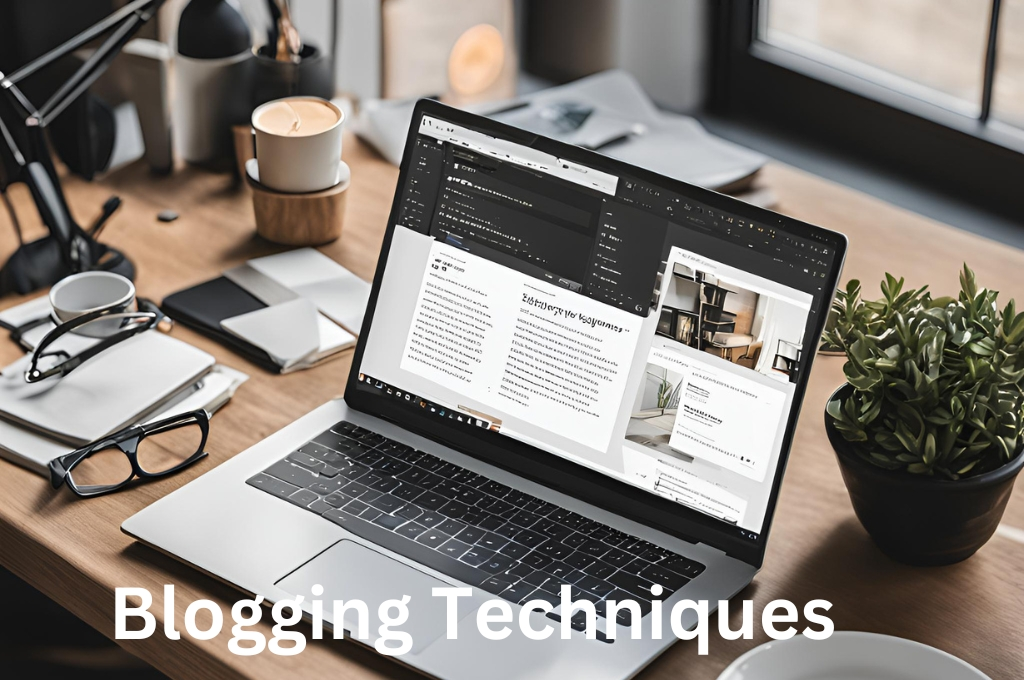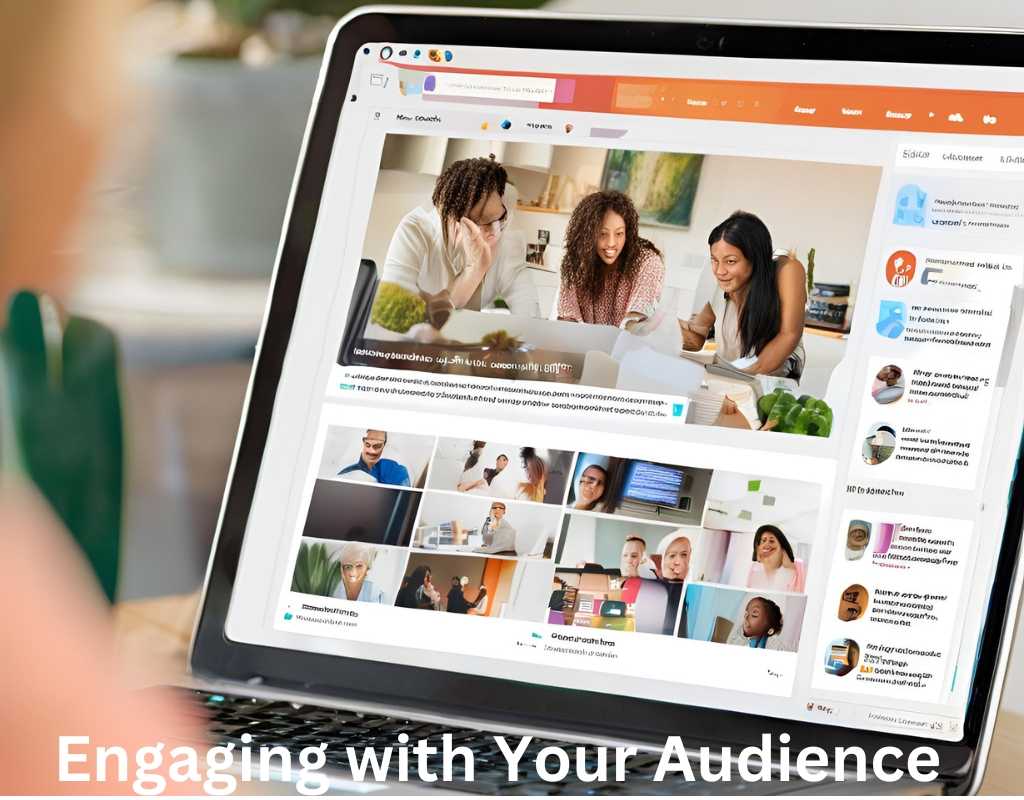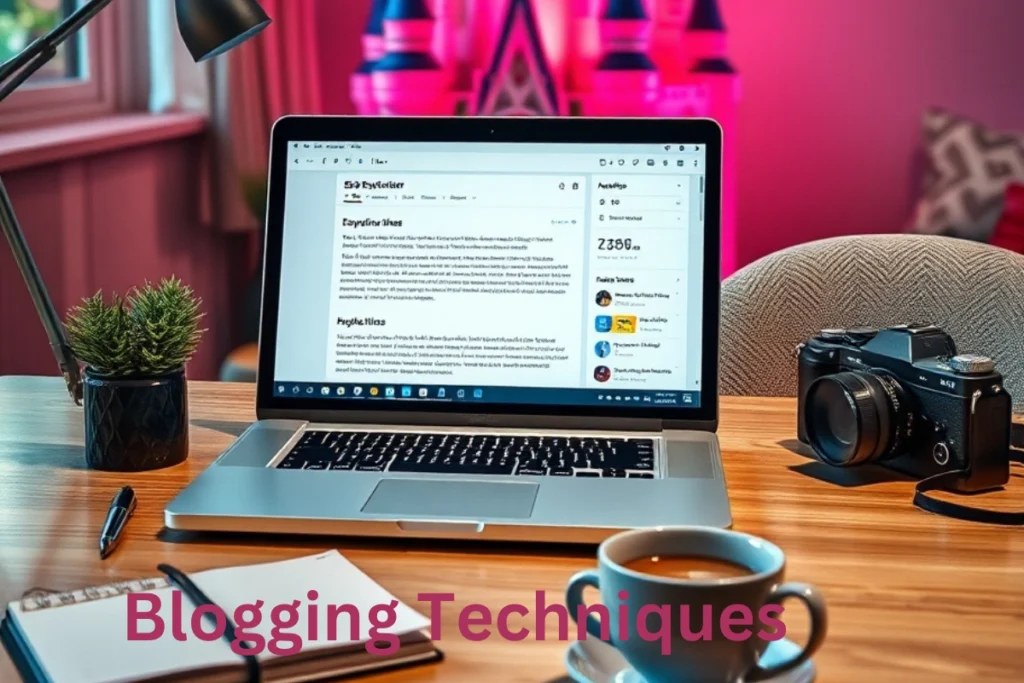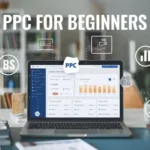Blogging Techniques
Blogging isn’t just a hobby anymore; it’s a powerful way to express your thoughts, share knowledge, and even make a living. Whether you’re just starting or looking to improve your existing blog, employing effective blogging techniques can take your content to the next level. Let’s dive into the world of blogging and explore some essential techniques that can help you succeed!
Understanding Your Audience

Think about the audience you are writing for for a moment before you begin typing. Understanding your audience is crucial. Researching your target demographic can provide insights into what they care about, what challenges they face, and how your blog can help them.
Creating Reader Personas
Imagine creating a character that embodies your ideal reader. This is called a reader persona. By defining their age, interests, and preferences, you can tailor your content to meet their needs. This personalized technique may significantly boost engagement.
Choosing the Right Niche
Picking a niche might seem straightforward, but it’s a critical step in your blogging journey.
How to Identify Your Niche
Consider what you’re passionate about and where your expertise lies. You want to choose a niche that not only interests you but also has an audience. A well-defined niche helps in attracting the right readers and makes your blog stand out.
Crafting Engaging Content
Now that you know who you’re writing for, let’s focus on the content itself.
The Art of Storytelling
Stories resonate. Instead of just sharing facts, weave your information into a narrative. This not only makes your content more relatable but also keeps readers engaged from start to finish.
Using Humor and Relatability
A sprinkle of humor or relatable experiences can go a long way. Think about it—who doesn’t enjoy a good laugh or a shared experience? This technique fosters connection and encourages readers to return.
Importance of Originality
In a world flooded with content, being original is your secret weapon. Don’t just rehash what everyone else is saying; share your unique perspective. Authenticity builds trust with your audience.
SEO Basics for Bloggers
To increase your blog’s visibility, you must optimize it for search engines.
Understanding SEO
At its core, SEO is about making your content more visible on search engines. This involves optimizing your content so that it ranks higher in search results, ultimately driving more traffic to your blog.
Keyword Research Techniques
Using the right keywords is essential. You may discover what people are searching for by using tools such as Google Keyword Planner. Integrate these keywords naturally into your content without stuffing them.
On-Page SEO Best Practices
Make sure your blog posts include title tags, meta descriptions, and proper headings. These elements increase your chances of ranking more effectively by assisting search engines in understanding the topic of your article.
Creating Catchy Headlines
Keep in mind that readers will see your headline first, so make a good first impression!
Techniques for Writing Attention-Grabbing Titles
Make strong statements, gather information, or make a benefit assurance. For example, “10 Tips for Effortless Blogging” instantly tells readers what they’ll gain by clicking.
Utilizing Visual Content
Images and videos can enhance your blog significantly.
The Power of Images and Videos
Visuals break up text and keep readers engaged. Use high-quality images, infographics, or even videos to complement your written content.
Tools for Creating Visuals
Canva and Adobe Spark are fantastic tools for creating visuals without needing advanced design skills.
Promoting Your Blog
Creating great content is only half the battle. You have to present it to people!
Social Media Strategies
Leverage platforms like Instagram, Twitter, and Pinterest to share your posts. Tailor your content for every platform to increase engagement.
Networking with Other Bloggers
Collaboration is powerful. Connect with other bloggers in your niche for guest posts, interviews, or social media shoutouts.
Email Marketing Techniques
Building an email list allows you to reach your audience directly. Offer a freebie in exchange for email sign-ups and keep your subscribers updated with new content.
Engaging with Your Audience

Establishing a community is essential for sustained success.
The Importance of Comments and Feedback
Invite readers to join in conversations and make comments. Responding to comments creates a sense of belonging and encourages more interaction.
Building a Community Around Your Blog
Think about setting up a Facebook group or forum for your readers. This can foster deeper connections and keep your audience engaged.
Consistency is Key
Consistency can make or break a blog.
Setting a Blogging Schedule
Establish and maintain a posting schedule. Consistency is key to attracting and retaining viewers, whether it is weekly or bi-weekly.
Staying Motivated to Write
Sometimes, the motivation can wane. Set small goals or create a content calendar to keep yourself on track.
Analyzing Your Blog’s Performance
Knowing how your blog is performing is crucial for growth.
Tools for Tracking Traffic and Engagement
Google Analytics is a fantastic tool for tracking who’s visiting your site and what they’re interested in. Refine your strategies with this data.
Understanding Analytics Data
Look at metrics like page views, bounce rate, and session duration. These observations can assist you in determining what is effective and what requires improvement.
Monetizing Your Blog
If you want to turn your blog into a revenue stream, you need to consider monetization strategies.
Different Monetization Strategies
Explore options like affiliate marketing, sponsored posts, and selling your products or services. Each strategy has its pros and cons, so choose what fits your blog best.
Affiliate Marketing Basics
Affiliate marketing involves promoting products and earning a commission for each sale made through your link. Choose products that align with your niche for the best results.
Continuous Learning and Improvement
The blogging landscape is ever-changing.
Staying Updated with Blogging Trends
Follow industry blogs, attend webinars, or join blogging communities. Staying informed helps you adapt and improve.
Learning from Other Bloggers
Don’t hesitate to reach out to experienced bloggers for advice. Gaining knowledge from their mistakes and achievements can be very helpful.
Overcoming Common Blogging Challenges
Every blogger faces challenges, but how you tackle them makes a difference.
Writer’s Block Solutions
If you hit a wall, try changing your environment, brainstorming with a friend, or revisiting old ideas. Occasionally, all you need is a new outlook.
Dealing with Negative Feedback
Negative comments can sting, but remember: not everyone will resonate with your content. Use constructive criticism to improve, but don’t let it discourage you.
Conclusion
Blogging is a rewarding endeavor filled with opportunities for creativity and connection. By implementing these blogging techniques, you can enhance your writing, grow your audience, and even turn your blog into a profitable venture. So, get out there and start sharing your voice!
FAQs
- How often should I blog?
- Consistency is key! Aim for at least once a week, but find a schedule that works for you.
- What platform should I use for blogging?
- Popular options include WordPress, Blogger, and Wix. Choose one that suits your needs and technical skills.
- How do I drive traffic to my blog?
- Use social media, SEO techniques, and engage with your audience through comments and emails.
- Can I make money from blogging?
- Yes! With strategies like affiliate marketing and sponsored content, many bloggers earn a substantial income.
- What if I run out of blog ideas?
- Keep a list of potential topics, follow trends in your niche, and consider asking your audience what they want to read about.








